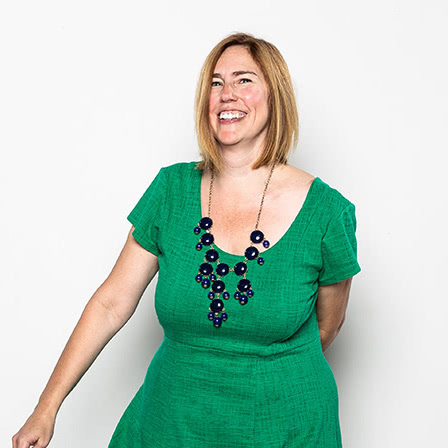To be a creative woman in advertising these days is to operate in some surreal spaces. To some people, we are still unicorns — not only for our rarity, but in how we can be trotted out and displayed like a prize that seems to reflect better on our agencies or clients (“Look, we caught one.”) than on our talent. Others believe there’s no “there” there — that women have long had equal opportunity and that any absence of representation must reflect an absence of interest or ability.
Neither of these situations are the truth, of course. There is no dearth of creativity in women and no lack of desire to succeed. Even considering the challenges that women face across most industries (losing time in the workforce to care for others, fewer women mentors, etc.) the advertising industry is behind the curve.
The advertising we see is still largely made by and approved by men. And so it reflects their sense of humor; their idea of what’s smart or touching; their aesthetic. That’s not to say that men are monolithic, but it’s wrong to assume that their gender and gender identity don’t influence their work. And wrong to assume that, with woman making so many of the household financial decisions, that a woman’s perspective is only needed when the product is specifically for — or the topic specifically about — women. At a time when messages can be hyper-targeted, why shouldn’t there be more variety?
In most places I’ve worked, you could count the women creatives on one hand. Larger agencies had more women, but also more men, and few women at the top. Some pretend to exist in a Platonic ideal where ideas are viewed in a vacuum and judged entirely on the basis of “merit.” But when your idea of what constitutes merit is based on a white, male, cis-gendered view of the world, is it surprising that you keep hiring the white, male, cis-gendered talent?
Almost a century ago, Virginia Woolf argued in A Room of One’s Own that the lack of women in literature was a matter of opportunity lost rather than talent lacking. It is the same in advertising today. To have more women in creative departments, we first need to hire them. They are there — maybe not in the places you are used to looking, but they are there. We need to think about how we view their portfolios, to be aware of where we come from and to question our own assumptions.
Then, young creative women need more space to create in their own voices, and they need women in power — and men, too — who can recognize their unique contributions for what they are. This, I think, is the biggest challenge, but also the biggest opportunity. We so rarely have time and space for real reflection. That’s not going to change. Creative leaders need to shoulder some of that burden so our young talent can explore and emerge.
With recognition must come advancement. And it needs to come more quickly than it typically has. It will when young creative women are given the same opportunities, the same platforms and the same respect as men. We don’t just need to be on the roster. We need to be, as they say in Hamilton, in the room where it happens — the boardrooms, conference rooms and Zoom calls where work is pitched and presented.
Creative people can be insecure. There is something uncanny about wanting to put new ideas — ideas that could be misunderstood, disliked or, worst of all, dismissed — out into the world. But our insecurity makes us susceptible to closing ranks. There are things we can all do to become more mindful of our biases.
In the end, the answer to the creative inequality problem is simple: more women. More women in creative departments in general, but most importantly, more women at the top. More women of color. More trans women. It will no longer be unique to have us in the pitch, on the account, in the meeting or in the boardroom. The strengths we bring will be able to build on, meld with and amplify those of our creative brothers. We will be represented, respected and required, not to check a box, but for our agencies’ and our clients’ success.
